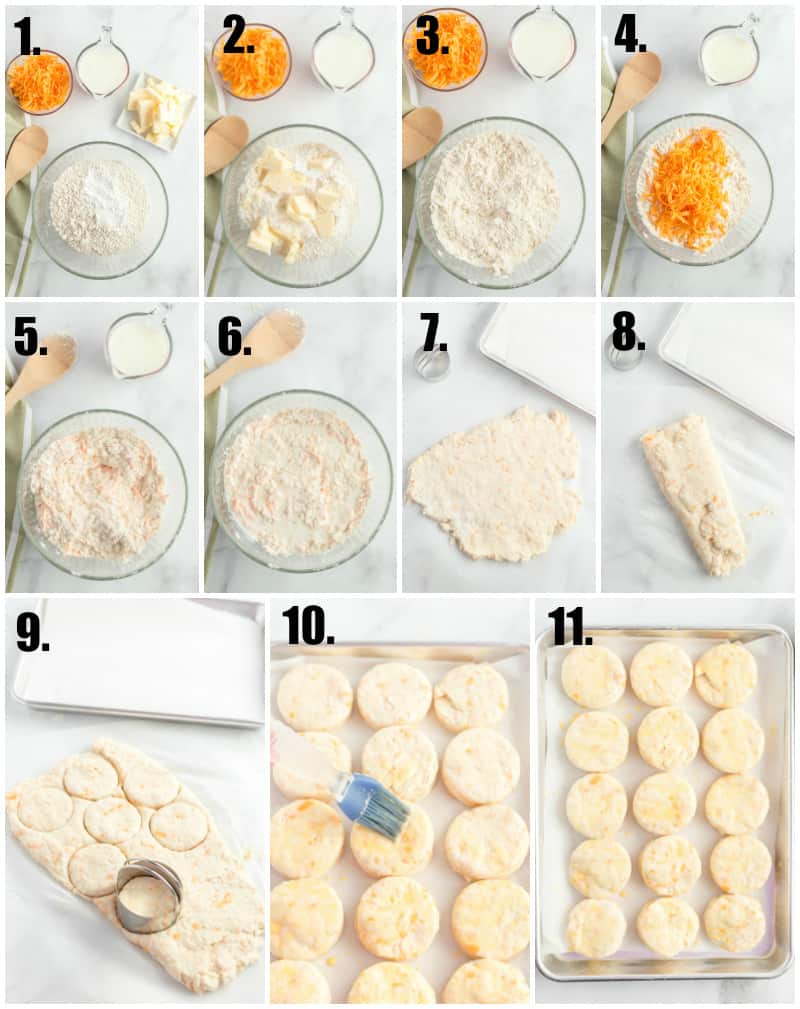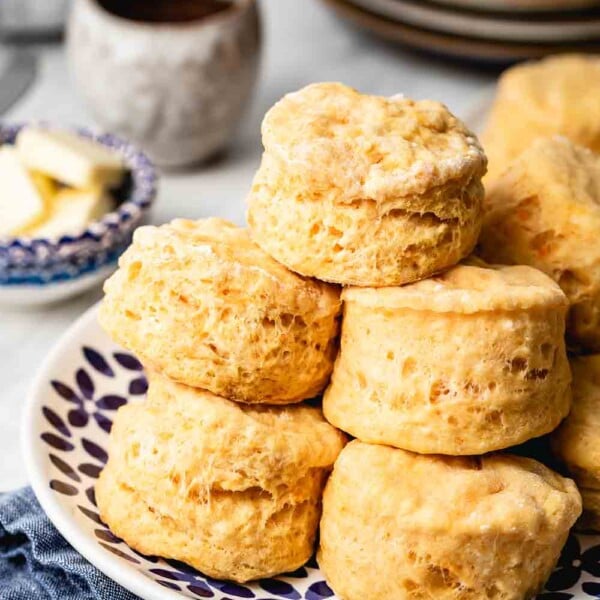Introduction
Biscuits are a beloved staple in many households, known for their buttery flavor and flaky texture. Whether enjoyed as a breakfast treat, a savory side dish, or a sweet dessert, biscuits are versatile and satisfying. In this article, we'll explore various biscuit recipes and techniques to help you achieve biscuit perfection every time.
Understanding Biscuit Basics
Before diving into specific recipes, it's essential to understand the basic components of biscuits and the key factors that contribute to their texture and flavor.
Ingredients:
- Flour: All-purpose flour is commonly used in biscuit recipes, providing structure and volume.
- Fat: Butter or shortening adds richness and contributes to flakiness.
- Liquid: Milk or buttermilk provides moisture and helps bind the ingredients together.
- Leavening Agent: Baking powder or a combination of baking powder and baking soda creates the biscuits' rise.
- Salt: Enhances the flavor of the biscuits.
Techniques:
- Cold Ingredients: Keeping the butter or shortening cold is crucial for achieving flaky biscuits. Cold fat creates steam pockets when it melts in the oven, resulting in layers.
- Gentle Mixing: Overmixing the dough can lead to tough biscuits. Mix the ingredients just until they come together to avoid developing gluten.
- Proper Rolling: When rolling out the dough, handle it gently to prevent overworking. Use a light touch to maintain the layers.
- Baking Temperature: Preheat the oven to a high temperature (usually around 425°F) to encourage rapid rising and browning.
Classic Buttermilk Biscuit Recipe
Let's start with a classic buttermilk biscuit recipe that's sure to become a family favorite:
Ingredients:
- 2 cups all-purpose flour
- 1 tablespoon baking powder
- 1/2 teaspoon baking soda
- 1 teaspoon salt
- 1/2 cup unsalted butter, cold and cubed
- 3/4 cup buttermilk, cold
Instructions:
- Preheat the oven to 425°F (220°C) and line a baking sheet with parchment paper.
- In a large bowl, whisk together the flour, baking powder, baking soda, and salt.
- Add the cold butter cubes to the dry ingredients and use a pastry cutter or your fingers to cut the butter into the flour mixture until it resembles coarse crumbs.
- Make a well in the center of the mixture and pour in the cold buttermilk. Gently stir until the dough just comes together.
- Turn the dough out onto a lightly floured surface and pat it into a rectangle about 1 inch thick.
- Use a floured biscuit cutter to cut out rounds of dough and place them on the prepared baking sheet.
- Gather any scraps of dough, gently press them together, and cut out additional biscuits.
- Bake the biscuits in the preheated oven for 12-15 minutes or until golden brown on top.
- Remove from the oven and serve warm.
Sweet and Savory Variations
Biscuits can be customized with various flavor additions to suit your taste preferences. Here are some sweet and savory variations to try:
Savory Cheese Biscuits:
Add shredded cheddar cheese and chopped fresh herbs such as chives or rosemary to the dough for a savory twist.
Sweet Strawberry Shortcake Biscuits:
Top biscuits with fresh strawberries and whipped cream for a delightful dessert option.
Bacon and Chive Biscuits:
Fold cooked and crumbled bacon pieces and chopped chives into the dough for a savory BREAKFAST TREAT.
Conclusion
Mastering the art of biscuit-making opens up a world of culinary possibilities. Whether enjoyed plain, with butter and jam, or as part of a savory dish, homemade biscuits are a comforting and delicious addition to any meal. With the right ingredients, techniques, and a dash of creativity, you can create perfect biscuits that will impress family and friends alike.
FAQs
1. Can I use self-rising flour instead of all-purpose flour in biscuit recipes?
Yes, self-rising flour already contains leavening agents, so you can use it in place of all-purpose flour. However, you may need to adjust the amount of salt in the recipe accordingly.
2. How do I store leftover biscuits?
Allow the biscuits to cool completely, then store them in an airtight container at room temperature for up to 2 days. To reheat, place them in a 350°F oven for a few minutes until warmed through.
3. Can I freeze biscuit dough?
Yes, you can freeze biscuit dough for later use. Shape the dough into rounds and place them on a baking sheet lined with parchment paper. Freeze until firm, then transfer the dough rounds to a resealable plastic bag and store in the freezer for up to 3 months. Bake from frozen, adding a few extra minutes to the baking time.
4. Why are my biscuits tough?
Tough biscuits are often the result of overmixing the dough or using warm ingredients. Be sure to handle the dough gently and keep the ingredients cold for the best results.
5. Can I make gluten-free biscuits?
Yes, you can make gluten-free biscuits using a blend of gluten-free flours such as rice flour, almond flour, or tapioca flour. Experiment with different ratios until you find the perfect combination for tender and flaky biscuits.

:max_bytes(150000):strip_icc():format(webp)/220943-chef-johns-buttermilk-biscuits-DDMFS-4x3-e1847cefd7d34c6d928bbd132999be3b.jpg)

